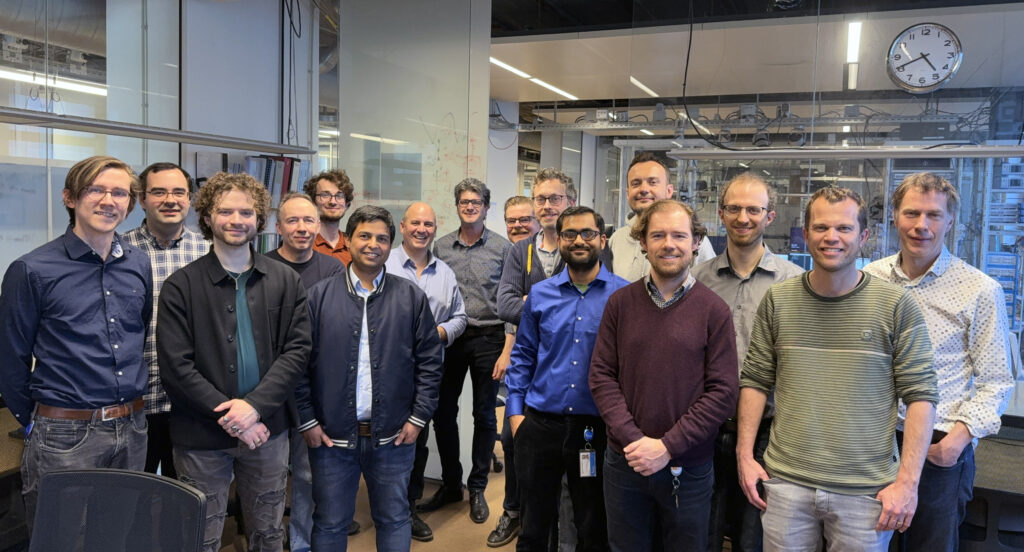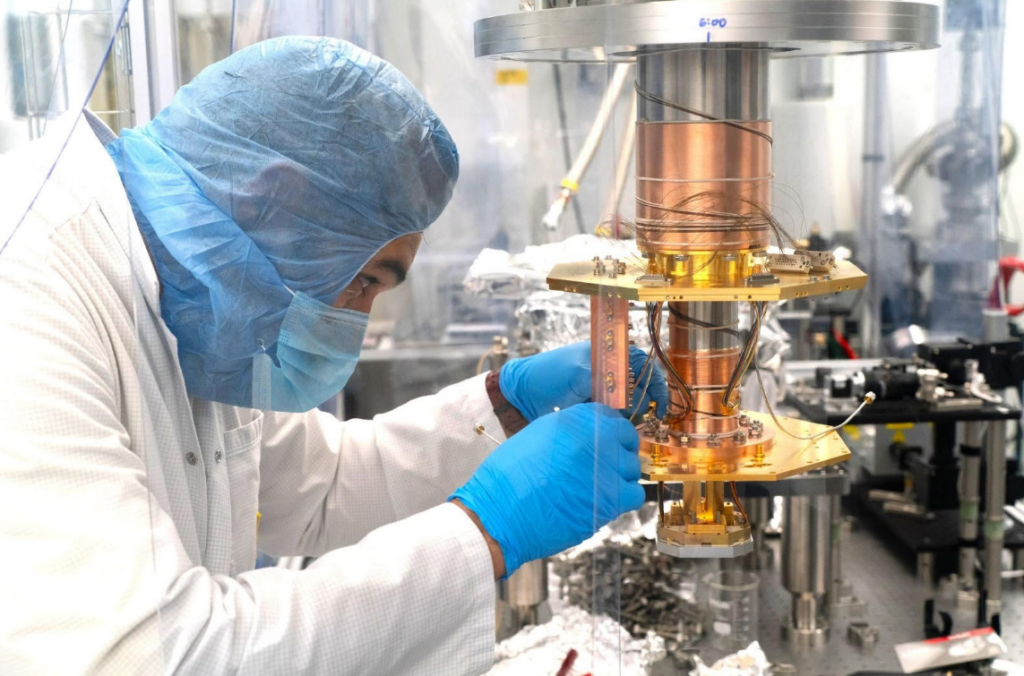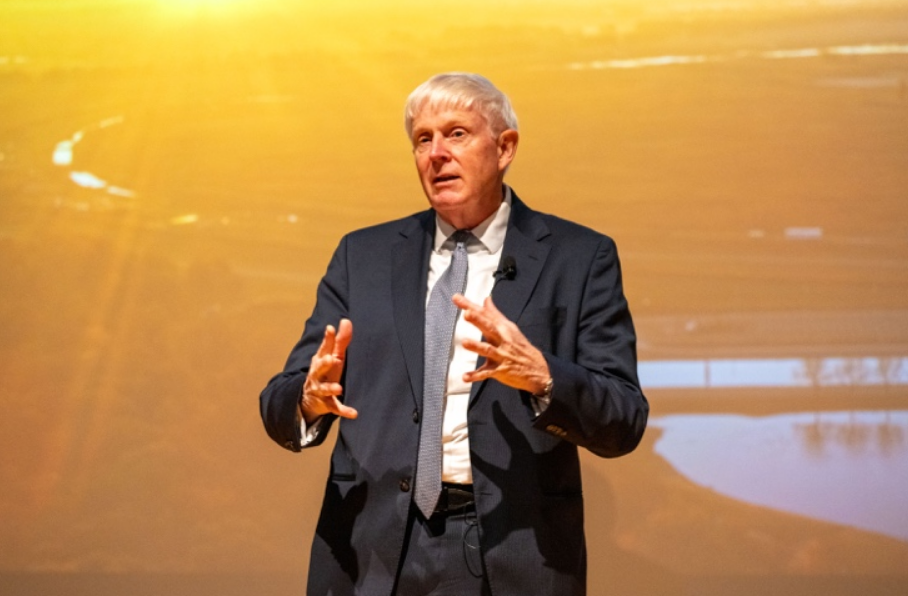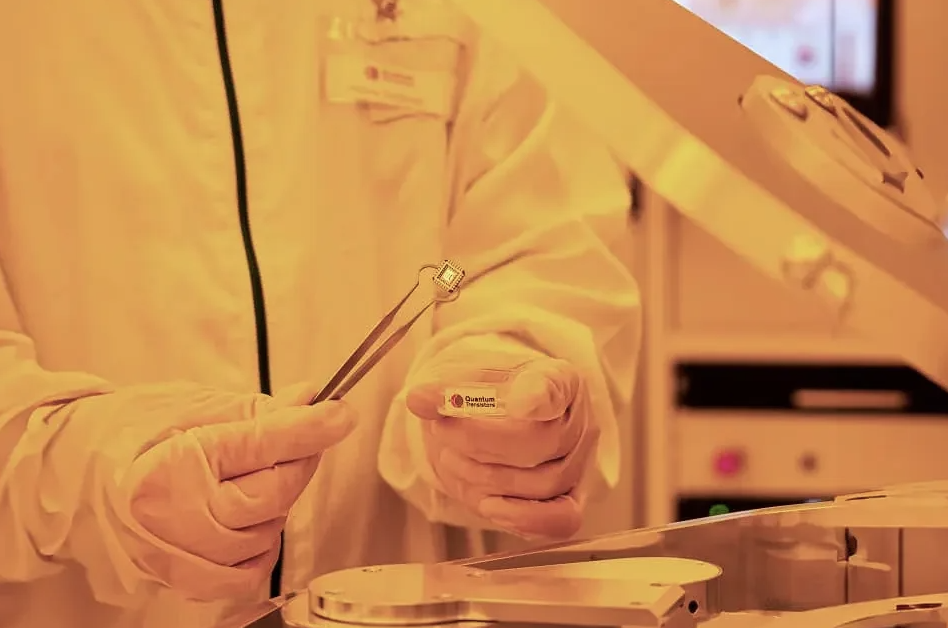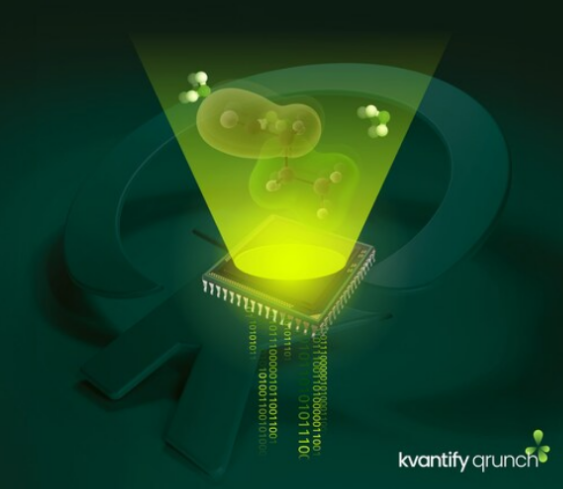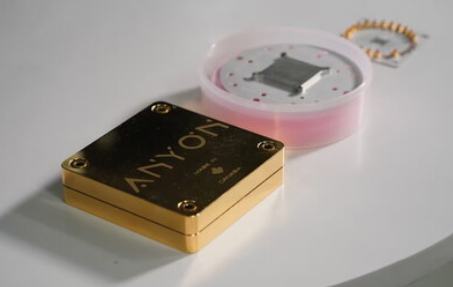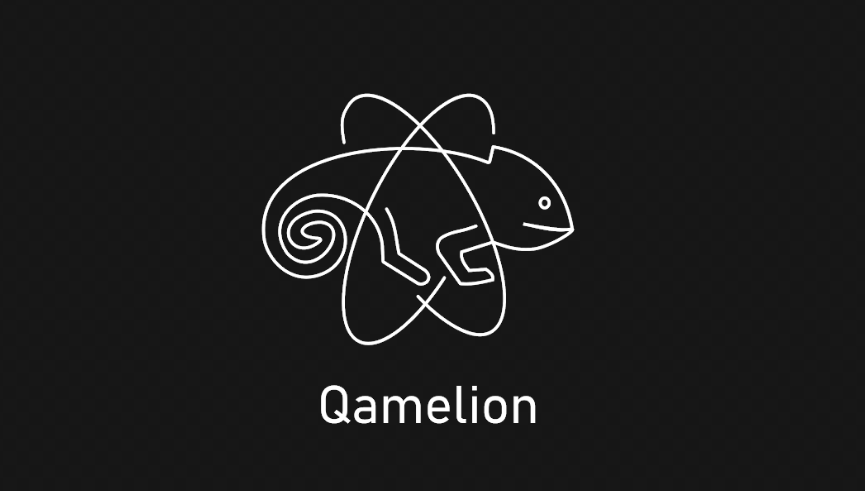Insider Brief:
- QuTech, TNO, and four Dutch startups launched the Tuna-5 system on Quantum Inspire, demonstrating a modular, open-architecture approach to superconducting quantum computing.
- The processor, fabricated by QuantWare, features tunable couplers that enable precise control over qubit interactions, with system calibration guided by recent experimental findings from the DiCarlo Lab.
- Each startup contributed a distinct subsystem—chips (QuantWare), control electronics (Qblox), operating system (Orange Quantum Systems), and cabling for future prototypes (Delft Circuits).
- Tuna-5 serves as a system-readiness platform within the HQ/2 and OpenSuperQPlus projects, supporting national and EU strategies toward scalable quantum systems.
As part of the Netherlands’ HectoQubit/2 project, a new open-architecture quantum system called Tuna-5 has been launched on the Quantum Inspire cloud, a result of culminating contributions from across the Dutch quantum supply chain. The system is the result of a collaboration between QuTech, TNO, and four quantum startups—QuantWare, Qblox, Orange Quantum Systems, and Delft Circuits—and represents a fully integrated superconducting quantum computer designed through modular co-development across hardware and software layers.
According to a post from QuTech, the Tuna-5 system is a milestone in demonstrating the open-architecture model for quantum systems. Unlike vertically integrated quantum computers, Tuna-5 integrates modular components across hardware and software layers, from the quantum processor with tunable couplers, to the modular control stack, quantum operating system, public cloud access, and Python-based SDK.
The system is hosted at the DiCarlo Lab at QuTech and reflects an ecosystem-level approach to co-development. Components provided by multiple vendors underwent extensive integration and iteration, resulting in a cohesive, functioning system that is now available to users through the Quantum Inspire platform. This collaborative model also strengthens the interoperability and maturity of the Dutch quantum supply chain.

Technical Advancements: Tunable Couplers and System-Level Calibration
Tuna-5’s processor, fabricated by QuantWare, features flux-tunable couplers, which is an advancement over fixed-frequency couplers used in previous generations such as Starmon-5. These tunable couplers enable the dynamic control of interaction strengths between qubit pairs, improving gate fidelity and reducing errors associated with residual couplings.
As noted in the accompanying preprint by the DiCarlo Lab, the team performed systematic experiments to calibrate and optimize the coupler frequencies for various quantum operations. The study focused on minimizing spectator effects, which are unintended interactions from inactive qubits, by strategically nulling specific residual couplings during readout and gate operations. The results inform best practices for using tunable-coupler processors in noise-sensitive applications such as quantum error correction.
Each startup contributed a subsystem to Tuna-5’s layered architecture:
- QuantWare: Quantum chip fabrication with tunable couplers.
- Qblox: Control electronics for gate and readout operations.
- Orange Quantum Systems: Quantum toolkit and Orange Juice operating system.
- Delft Circuits: While not integrated into Tuna-5, their cryogenic cabling is integrated into a separate scaled-up prototype under development.
The software stack is managed by TNO and coordinates the execution of quantum algorithms, written in Python, into pulse sequences for quantum gate operations.
Integration with European and National Quantum Strategy
Tuna-5’s development is part of HQ/2’s overarching goal to establish Dutch leadership in superconducting quantum computing. The HQ/2 initiative launched in 2023 with funding from Quantum Delta NL and the National Growth Fund, as a bridge between academic research and startup-driven innovation. The DiCarlo Lab’s research and development has directly influenced product improvements in the involved companies, while also benefiting from those same advances to improve experimental infrastructure.
The system also supports alignment with OpenSuperQPlus, an EU Quantum Flagship project targeting a 100-qubit demonstrator by late 2026, with Delft named as one of the key demonstration sites.
Public Access and Future Scaling
Tuna-5 joins two other real-hardware backends on the Quantum Inspire platform, Starmon-7 and Spin-2+, alongside the QX emulator. Its release follows the February 2025 launch of Quantum Inspire 2.0, which upgraded the platform’s user interface and execution engine.
Importantly, Tuna-5 serves as a system-readiness benchmark rather than a production-scale machine. As stated in the announcement, further scaled prototypes are in development and are expected to build on the architecture and integration lessons learned through Tuna-5. The public release of Tuna-5 reinforces the Netherlands’ commitment to supporting open collaboration, modular design, and industry-academic synergy in advancing practical quantum computing.

